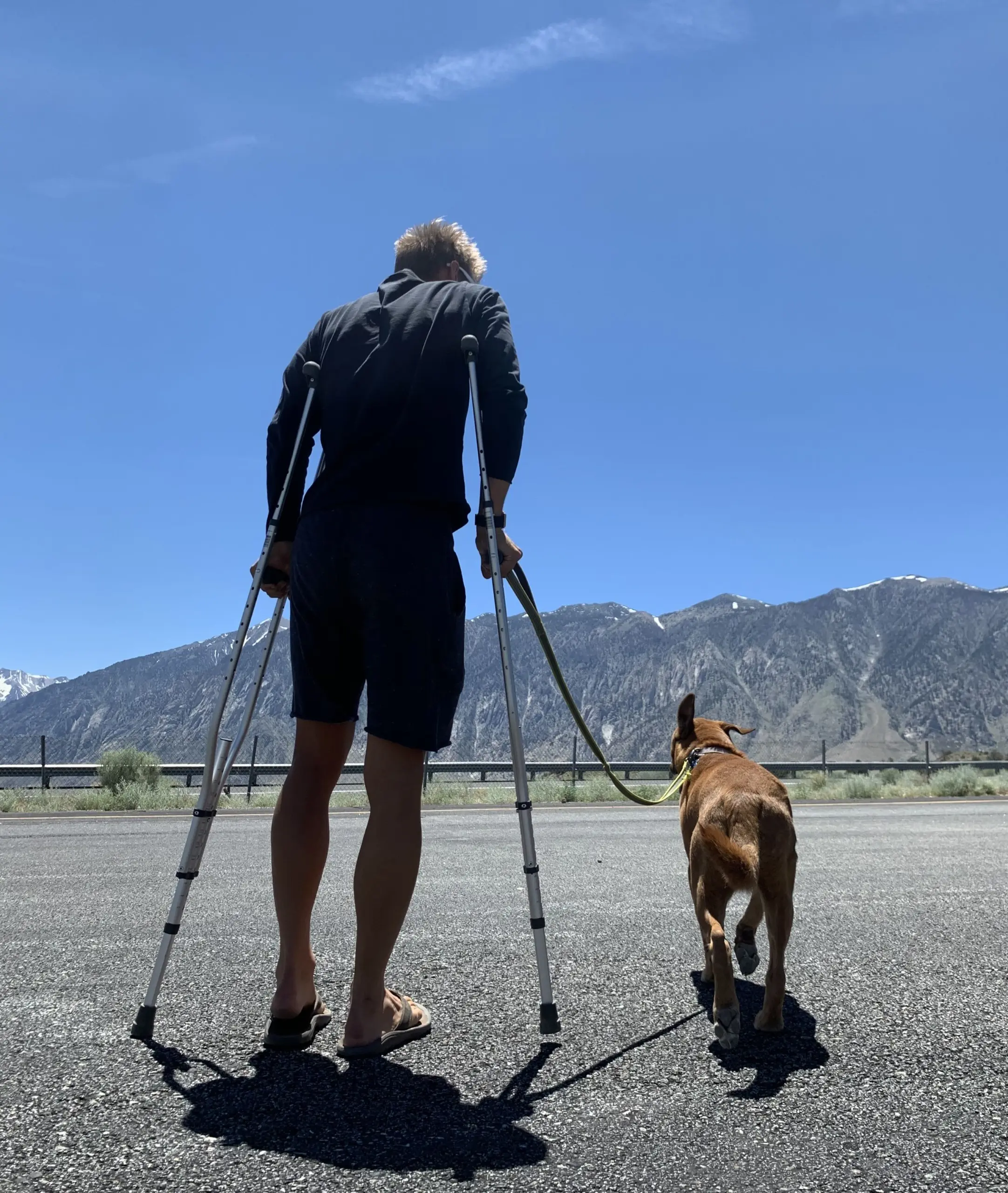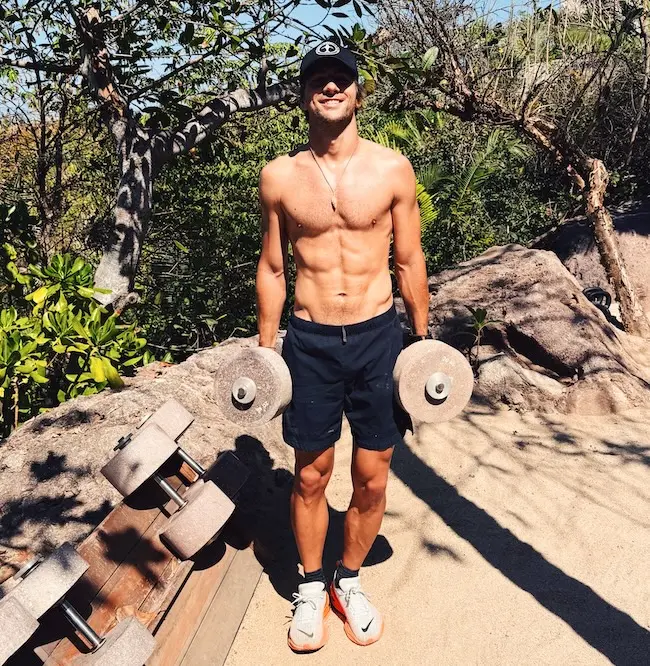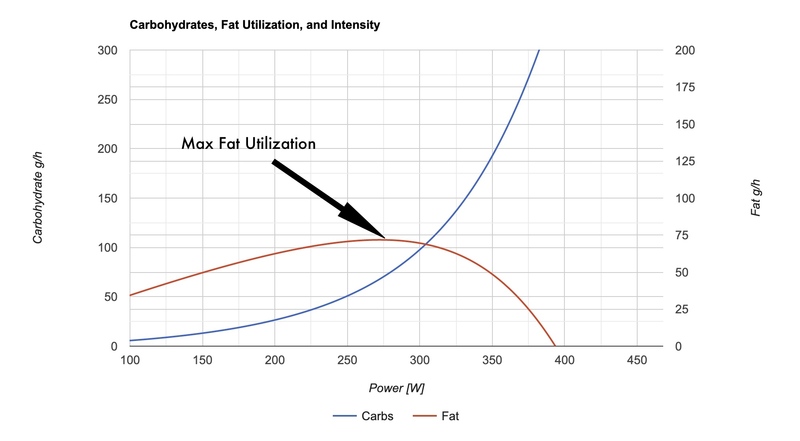I once poured years of my life into an athlete and treated him like family. I believed in his talent more than he did. I optimized every detail: his training, recovery, mindset, even life stuff he never asked for help with. I thought if I just gave enough, he’d finally see it. That he’d shift from chasing short-term highs to building something that could last.
He never did.
He made the same mistakes over and over. Self-sabotage, shortcuts, lies. There was always a new excuse, a new crisis, a new way to avoid the long game. In the end, I had to let him go, not because I didn’t care, but because I finally realized: you can hand someone the blueprint, but you can’t make them build the house.
That moment taught me something: optimization means nothing without ownership. Long-term thinking only works when you actually think long-term, for yourself.
Long-Term Thinking = the Foundation of Ownership
The joy of long-term thinking is that it gives you clarity. You sit down, reflect, and align your actions with the life you actually want to build, not the one you’re reacting to.
When you do this seriously, it doesn’t just lead to better plans, it leads to better morals, better habits, better decisions. You begin to realize that nobody wants to be broke, sick, or regretful. Most people want to feel healthy, fulfilled, joyful, and connected. But the price? Few are willing to pay it.
Long-term thinking helps you reverse engineer the price of your dreams. You set the vision, and then trace it back to the habits, mindset, and systems required today. That’s why I believe it’s one of the most powerful tools for taking ownership over your life.
The Presence Trap vs. True Living
But there’s a trap I’ve seen and fallen into myself. When you go all-in on optimization, you can forget to live.
Being present doesn’t mean making reckless short-term decisions. It means living consciously, even while making disciplined moves toward the long game. The athlete I mentioned in the beginning? He was always “in the moment”, but not in the good way. He lived in reaction mode. Never slowed down enough to zoom out. Never learned. Never changed.
Through Becca and life itself, I’ve learned that presence doesn’t mean letting go of direction. It means learning to enjoy the process while walking it. Long-term thinking doesn’t kill presence. It anchors it.
My Framework – The PRO Playbook
This is why I created the PRO Playbook for Kona Endurance. Not to just help people train harder or “optimize” better, but to help them master the actual art of living. To build:
- A body that can handle life
- A mind that can handle stress
- And a system that aligns with long-term goals
We don’t rise to the level of our motivation, we fall to the level of our systems. And if your system isn’t built with your deepest values in mind, you’ll end up somewhere you don’t want to be. More on the PRO playbook soon.
Don’t Just Plan It. Live It.
Planning is essential, but overplanning is a disguise. You can build the perfect social media presence, portfolio, company or whatever you are chasing and still be emotionally bankrupt. You can chase the dream and miss the whole point.
Life doesn’t measure success by how many zeros are in your bank account, how many people follow you or by how many races you won, or even how optimized your routine is. At the end of the road, it seems to come down to something much simpler: Who’s with you when the lights go out?
I know I’m biased. I believe part of life’s meaning comes from helping others and improving the world around us. But when I read biographies, study history, or listen to people reflecting on their lives, whether they succeeded wildly or lost everything, it’s the same themes that surface again and again: genuine human connection, inner peace, and living by values that feel solid.
That doesn’t mean you have to follow the crowd. Clear thinking often requires going against it. But goodness: real, grounded goodness, seems to be the quiet thread that ties everything worthwhile together.
Leaning into that love, into that integrity, won’t just help you reach your goals. It makes the process of getting there feel whole.
Build Your Life Like It Matters…
The Timeless Way of Building taught me: Great structures feel alive.
They’re built on patterns that last, not fads, not hacks, not shortcuts.
Life is the same. A well-built life has rhythm. Space to breathe. A soul.
The soul of performance isn’t about intensity, it’s about grace. Patience. The courage to build something that matters. That means taking bold steps forward. Embracing risk. And just as importantly, letting go of what no longer serves the foundation.
That part can hurt.
Letting go of that athlete after years of pouring into him was one of the harder things I’ve ever done. But it was also the final gift I could offer him, a clean slate which hopefully opened his eyes.
Your values are the soil you build in. Get those right, and everything else: your relationships, your work, your health; has something solid to root into.
Taking ownership doesn’t mean controlling everything. It means committing to the path. It means choosing to build with intention.
You don’t need to have it all figured out.
But you do need to take ownership of the direction you’re heading in.
Reflect deeply.
Plan wisely.
Live fully.
Love well.
Build your life like it matters. Because it does.
Flo
www.konaendurance.com








